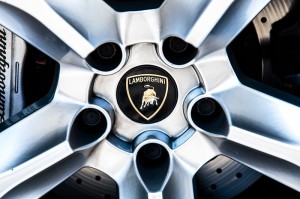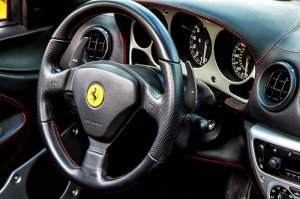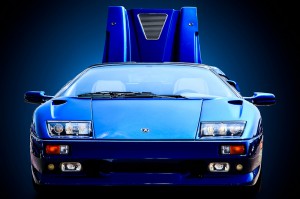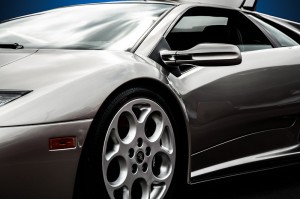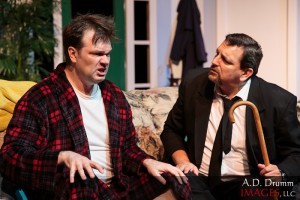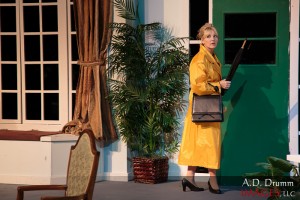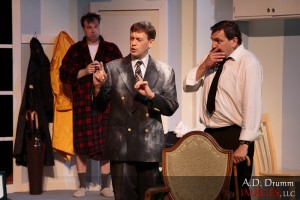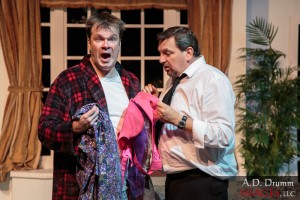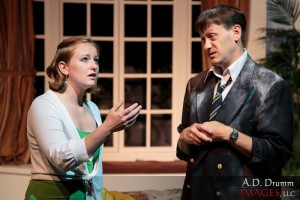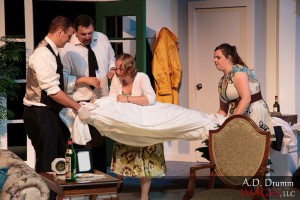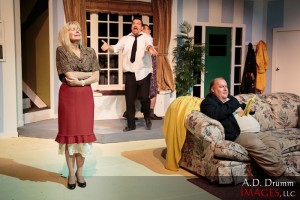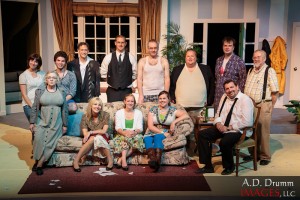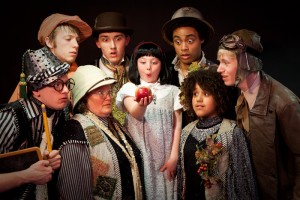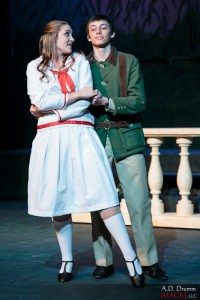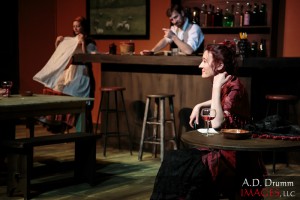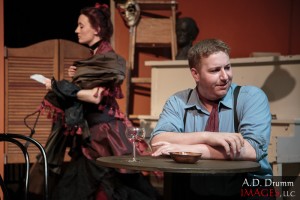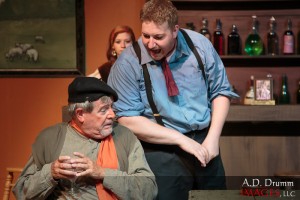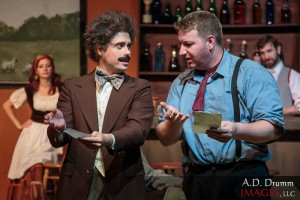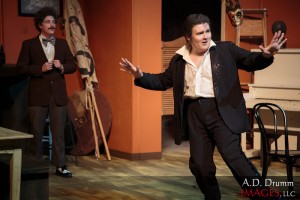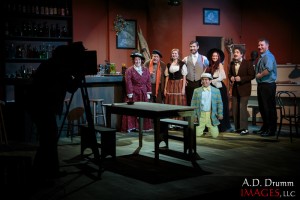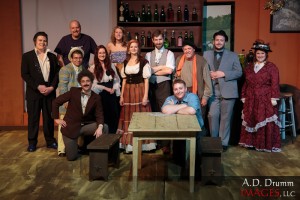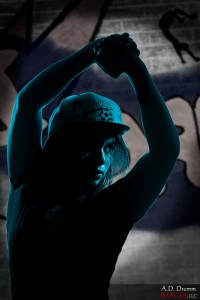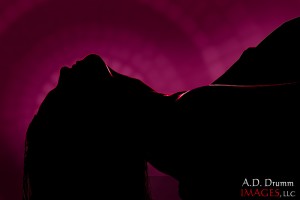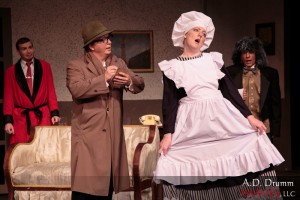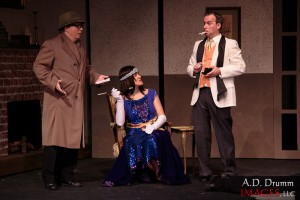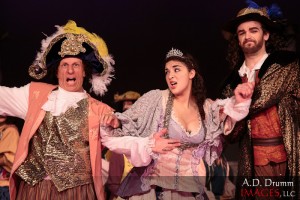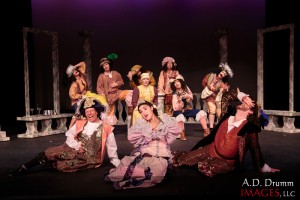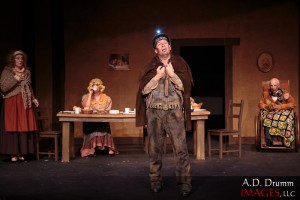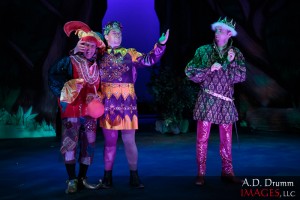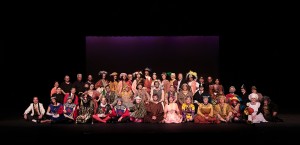My friend, Lance, drove me up to the Twin Cities on Sunday to attend a car show put on by the Wheels of Italy group. In his Ferrari, of course. Wheels means basically anything with wheels that originates in the great country of Italy – cars, bikes, motorcycles, scooters. There are a few other interesting non-Italian vehicles that show up, but they are relegated to the back lot, near the porta-potties!
Shooting at car shows is challenging, so I thought I’d frame this post as a Tutorial Tuesday entry.
The biggest challenge is the lighting. Car shows invariably are parked around noon. You are dealing with mid-day sun – bright, harsh, overhead. All the things you try to avoid if possible. Take that harsh light and blast it all over some of the shiniest objects you’ll every want to photograph. So, what do you do?
I tend to go in tight. I like to shoot details. Shooting a vertical object with overhead lighting is not necessarily bad as you’ll get some decent shadows if you’re lucky. Shadows define the subject. They give it depth and interest. Joe McNally says someone (and editor?) once told him, if you want something to look good, don’t light all of it. Shadows.
The wheel is a good example, and I think there are some nice shadows around it. This is also a good time to stretch your post-processing software. The Lightroom clarity slider is your friend. Cars just love crisp contrast.
I also like to purposely shoot reflections. The Ferrari prancing horse shows some interesting reflections that make you want to look in closer and see what’s hidden in there. I shot a silver symbol that turned red from the car parked next to it and set it off, made it more interesting.
Interiors can work, too. The light has to enter windows (unless the car is topless!), bounce around inside, and gives us something more to work with. It’s a type of shot that’s becoming popular for HDR – high dynamic range. You shoot several similar images changing the exposure then combine them using special software. I’ve written about that process here before, but I never found a shot I really wanted to use that technique myself this time. Notice that it helps to avoid including the outside of the car with the interior shot. HDR would allow that, but without using that technique, the exposure differences would be troublesome. Even the top of the dashboard can stretch the exposure range needed.
Another big issue is people milling about. They don’t really add to a photo of a car, unless your objective is to document the car show as such. That’s okay, but not what I was after. Keeping the image tighter like the shot below can help – there’s just fewer places for the people to be, unless they walk between you and the car. Or you can try to capture the image you want and use the power of Photoshop to save the day.
You can use both techniques and have less work to do as I did in this shot of the silver Lamborghini, with only the small corners needing to be managed. But there remains some reflection problems. The cars are parked among others. There may be people visible in the reflections. Colors you don’t want.
The Lamborghinis have the advantage that many of their panels aim up at the sky, limiting the problem. You’ll never get a perfect car photo at a show – without a ton of work (which makes it less than a perfect photo in my thinking). But you can still make them presentable. I used HSL (hue, saturation, luminosity) layers to alter some colors or tone them down. On the silver car, I also used a bit of content-aware fill to make an adjacent car less prominent, disguising it somewhat. It tended to over smooth large areas making them very noticeable, so I did this carefully and slowly.
The silver car shot is my favorite from the day. What can I say, I love the lines and design of these cars to begin with. After getting it closer to what I wanted, I used Nik’s Color Efex Pro 4 to boost the contrast. CEP4 has several contrast-related filters – at least 4. They do wonders for a shot like this. Frankly, when I pushed up clarity in Lightroom, the change was amazing and made me suddenly realize I had a shot I could work with.
Hope you find a few hints in here for the next time you’re at a car show. I did notice lots of other photographers also getting low, shooting tight. Probably many good images were produced that day. Sadly, I didn’t realize until I was home that I never shot Lance’s Ferrari! What was I thinking?

